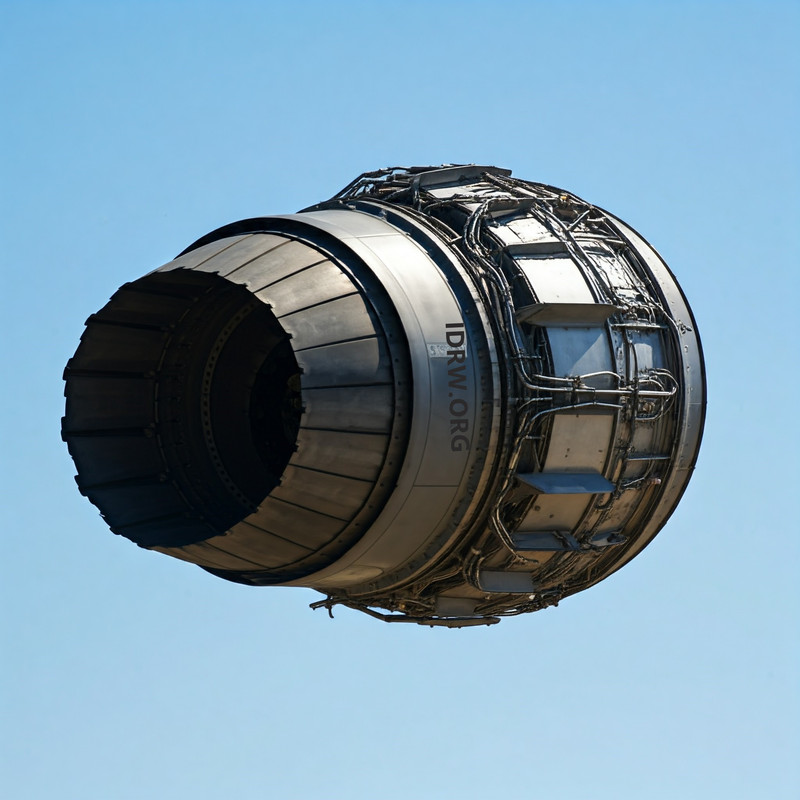SOURCE: RAUNAK KUNDE / NEWS BEAT / IDRW.ORG


India is gearing up to finalize a significant partnership with a foreign aerospace major for the co-development of a new engine tailored for the fifth-generation Advanced Medium Combat Aircraft (AMCA) program. Sources close to idrw.org indicate that the deal is expected to be inked by mid-2025, with plans to conduct prototype engine testing by 2029. This initiative marks a crucial step in India’s ambition to bolster its Indigenous defence capabilities and advance its aerospace technology.
The new engine aims to achieve an impressive thrust capability, generating 75 kN of dry thrust, which could translate into approximately 110 to 130 kN of wet thrust when the afterburner is engaged. This thrust range is vital for ensuring optimal performance in various combat scenarios, enhancing the AMCA’s agility and operational effectiveness.
A total of four prototype engines are slated for ground testing, while an additional four engines will incorporate the wet section (afterburner) for in-flight testing. This dual approach allows for comprehensive evaluation under both static and dynamic conditions, ensuring the engine meets the stringent performance criteria set for the AMCA.
The Gas Turbine Research Establishment (GTRE) will spearhead the development of wet technology and fan design, while the selected foreign aerospace company will focus on core engine development. This collaborative model aims to leverage the expertise and resources of both parties, fostering knowledge transfer and enhancing India’s technological capabilities.
GTRE is in the final stages of preparing a comprehensive report on the engine development project, which will be submitted to the Ministry of Defence (MoD) shortly. The MoD’s endorsement will pave the way for formalizing the partnership with the foreign aerospace major. Many companies expressing interest in the program have aligned their proposals with the estimated costs and levels of technology transfer (ToT) being offered, indicating a strong foundation for collaboration.
With testing of the prototype engine projected for 2029, the AMCA program is set on a trajectory that could see the aircraft entering service in the 2035s. The successful development and integration of a robust engine will be crucial for the AMCA’s performance, equipping the Indian Air Force (IAF) with a modern and capable platform to meet evolving defence challenges.
NOTE : Article cannot be reproduced without written permission of idrw.org in any form even for YouTube Videos to avoid Copy right strikes. Websites doing illegal reproductions will get DMCA and Legal Notices.